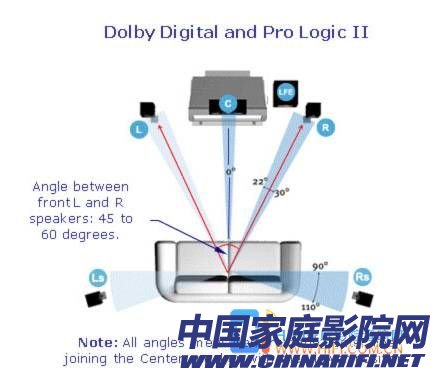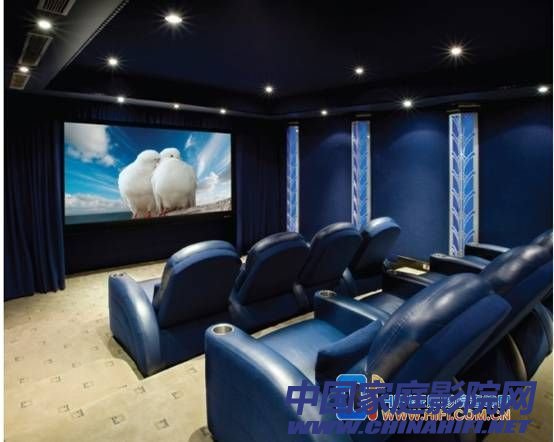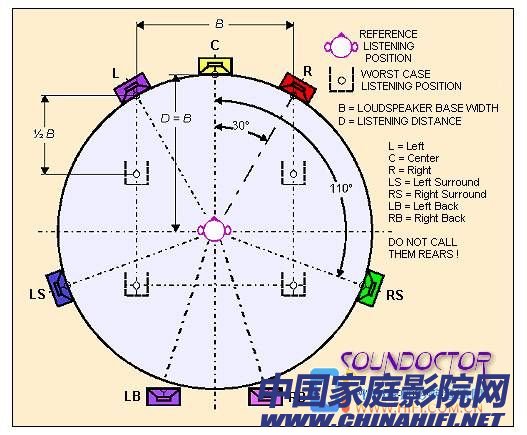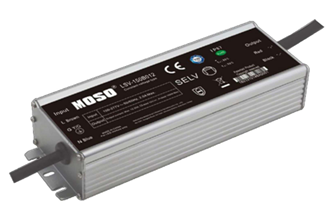In the process of building a home theater, how to position the speaker is a crucial link. The correctness of the placement directly determines the overall acoustic effect of the audio-visual room. Of course, it is necessary to match the overall decoration environment to produce a better experience. The purpose of the correct speaker placement is to create a seamless, enclosed sound field that gives an immersive feel that makes it difficult to detect that the sound is coming from a particular speaker. Achieve the combined effect of equipment and the environment. So what are the main placements of home theater speakers? According to the different channels, there are roughly three types, namely Dolby, DTS and THX. There are a lot of details to be aware of, so let's take a look at it in detail:
For users who are purely listening to music or who are watching movies, there is no need for the layout and setting of multi-channel speakers. This is a detailed introduction in the layout of home theater speakers.

Home theater is not just about watching movies, but bringing viewers into the content environment of the movie and experiencing the plots experienced by the hero of the film. To do this, it is impossible to achieve work without a surround sound box. So the home theater surround sound system needs at least five speakers to achieve. Three front speakers and two surround speakers; there must also be a subwoofer that enhances the bass to express low frequency effects. This is the so-called 5.1 concept. We have put a lot of effort into adjusting the position of the speakers to greatly improve the listening effect of our home theater system. You will understand more through this home theater guide.

More advanced audio systems have six or seven identical full-range speakers for layout, while the low frequencies are managed separately and played back using a subwoofer.

A wide variety of sounds from pre-designed speakers in different locations were pre-designed by the filmmaker and confirmed in his studio environment. But the result of playback in the theater environment of the user is. . . . .
Although there are many specifications to guide you on how to lay out a sound quality speaker layout location. But in order to get that golden position, you need to do a lot of detail adjustments. Each type of speaker has different characteristics, and each room also has different acoustic characteristics. The placement of one type of speaker may not be suitable for the placement of another speaker. Therefore, you need to repeat the test adjustments with experience, and you need to rely on sensitive ears to make small differences.
First step home theater speaker placement
Place the center speaker:

First, the first step in the layout of the home theater speaker is to determine the position of the center speaker. The center speaker is the sound produced in the film and the sound produced in the short distance of the film lens. Such sound range is generally expressed in the size of the screen. of. So his position depends on the position of your projection screen. Therefore, the position adjustment range of the center speaker is not very large, and the left and right front speakers are important adjustments. A lot of sound effects are reflected in the mix of left and right speakers and center speakers.

The correct center speaker placement can be selected from the projection screen or the top or bottom of the TV. If you are still using the old CRT TV, you need the anti-magnetic of the speaker. If you choose a speaker without anti-magnetic treatment, it will seriously interfere with the display color of the TV. Serious stains appear, and plasma, liquid crystal, and projectors do not have this problem.
At present, most of the home theaters are selected by the user to select the front projection. The center speaker may be placed at the back of the screen, so that it has a sound-permeable curtain. The sound-permeable curtain is a special material for the curtain. There are interwoven fabrics processed by special techniques. Microporous technology is also used, always to make the sounds free. Through the screen, such a set of mid-range speakers should be the most ideal way, but the price of the sound-permeable curtain and the size of the room are not the solution that all users can adopt.

The following center speaker placement guidelines:
The tweeter of the center speaker is on a level with your ears when you sit down, which means that if you are using a projector screen, it is basically near the lower edge of the projection screen. If it is a big screen rear projection TV, it is placed on the top of the TV.
If it is not a large screen projection, for example, you will put it on the audio cabinet or on the top of the TV, or even on a large TV cabinet, then you must ensure that the front plane of the speaker is aligned with the front plane of the cabinet, avoiding the alignment of the TV cabinet. The sound of the speaker has a sound refraction phenomenon.
The center speaker should be aimed at your main listening area
The distance from the center speaker to the listener position should be as close as possible to the position of the left and right main speakers to the listener.
Main left front and right front sound:
The left and right front main speakers are responsible for the main music and sound effects and sound image positioning work. The correct position is to reflect the scene width of the film and the realistic ambient sound field.
The following home theater audio placement guidelines apply:
The left and right main speakers are placed on both sides of the center sound, and the distance is equal. To achieve good results, the distance between the two speakers is at least 1.8 meters apart.
Adjust the front left and right main speakers so that they are the same distance from your mains and are the same as the center speakers.
If you are mainly interested in enjoying solo music, then the left, right, and right speakers should be curved around your position.
If you plan to have your home theater watched by several people at the same time, then your first three speakers should be placed in a horizontal line parallel to your first row of seats. Note that the positioning we are talking about is accurate to the speaker unit inside the speaker. This is more accurate than the speaker.
If you are planning your home theater audio to be placed for group viewing, all three front tone responses are placed in a straight line balanced with the front row of seats. Note that this is different from the audio toe-in; we will further explain that the toe-in related audio "direction angle" is based on the auditory position. Here we only deal with the front left, right and center acoustic positions from the distance angle.
Universal input voltage 90~305Vac; Constant voltage design; Active power factor correction; High power factor > 0.96; Multiple protection: SCP, OVP, OTP, OLP; Surge protection: 35W/50W: line-line 4KV, line-earth 6KV 75~320W: Line-line 5KV, line-earth 10KV; Degrees of protection: IP67; Ambient temperature: -40℃~+60℃; 5 years warranty.
The wattage: 35W/50W/75W/100W/150W/200W/320W.
The output voltage: 12V/24V/36V/48V.

The LED power supply got global safety certifications, including UL, CE, TUV, CB, SAA etc. The LED control gear has universal input voltage, from 90~305Vac. It is a reliable product compatible with various landscape application and different countries.
Due to the high IP rating, the LED driver can be used for dry, damp, wet
locations. It is suitable for installing outside of the fixture. The
perfect cooling design can ensure the product reliability and long lifetime for
at least 10 years (50,000hours operation at least) minimum.

Constant Voltage LED Driver
Constant Voltage LED Driver,Constant Voltage Driver,12V LED Driver,24V LED Driver
Moso Electronics , https://www.mosoleddriver.com